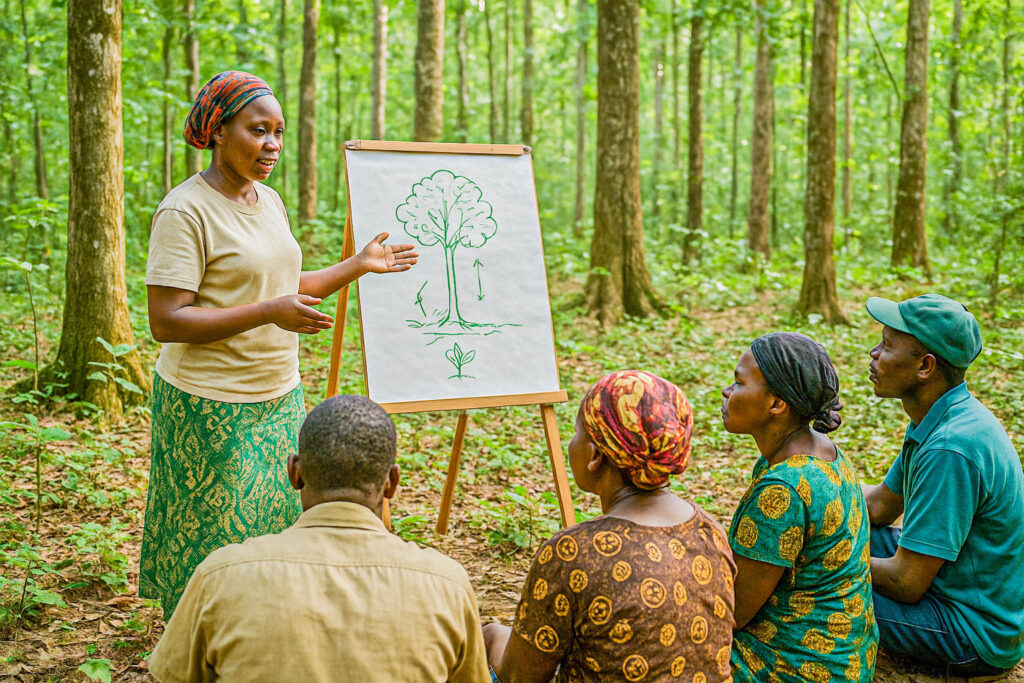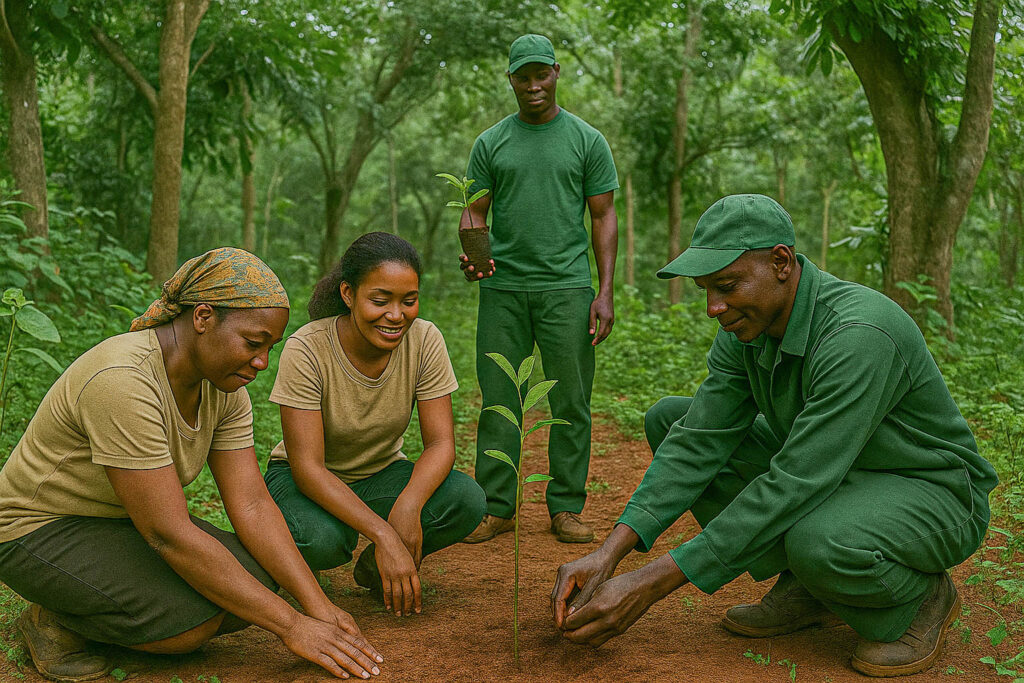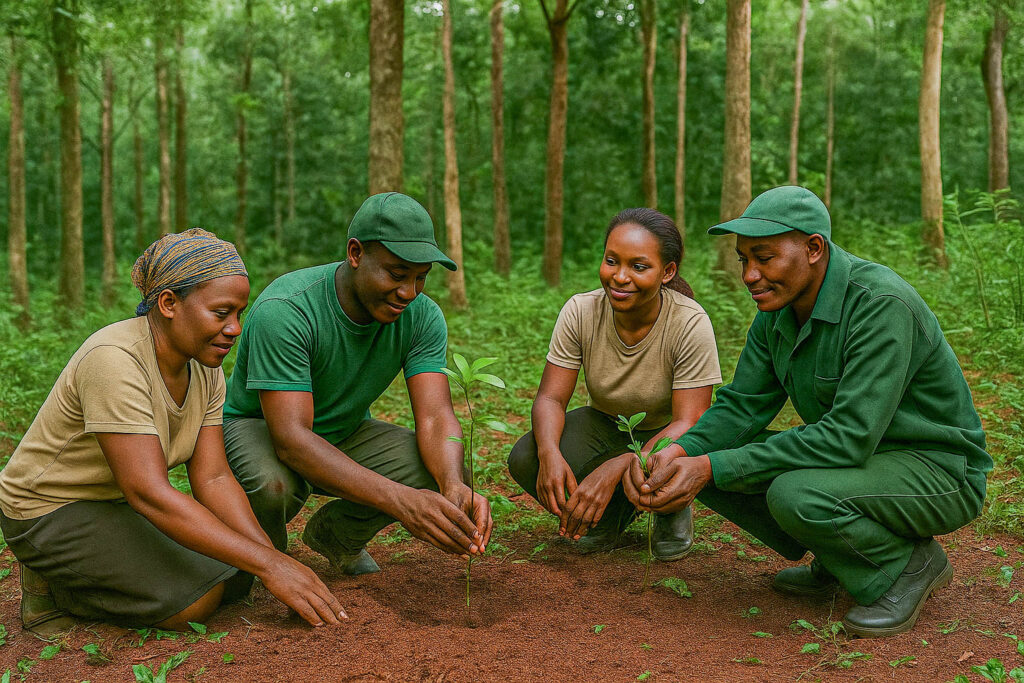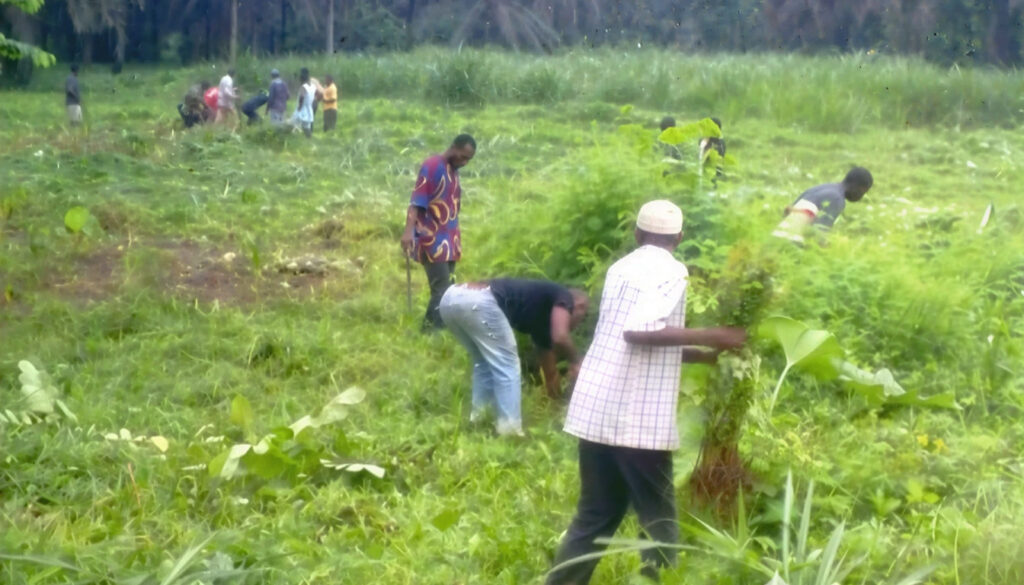Assessing the Population Ecology of Preuss’s Red Colobus Monkeys (Piliocolobus preussi) in the Takamanda National Park

Project Summary
Due to hunting pressure, and destruction of its habitat from agricultural activities, Preuss’s red colobus monkeys are critically endangered. The project will elucidate the species distribution and status and other mammal species; to provide baseline data on the population size of the Preuss’s red colobus monkeys and to raise awareness for a change in the perception of local communities towards the conservation of these and other mammal species. Understanding its distribution, population size, habitat use, and the factors influencing its survival is crucial for effective conservation strategies.
Objectives
The main objectives are to determine the population size and distribution of Piliocolobus preussi, study their habitat preferences, assess the impact of human activities on their ecology, and raise awareness for a change in the perception of local communities towards the conservation of these and other mammal species.
By achieving these objectives, the project aims to inform conservation efforts and management strategies for the protection of Piliocolobus preussi in the Takamanda National Park. This is because understanding primate population dynamics and habitat use is necessary for effective conservation planning.
This project is sponsored by Re:Wild under the MMBF Primate Action Fund
Climate Adaptation s Forest Dependency in Rumpi Hills (2014–2017) Project summary
This project assessed land use and land cover change around the reserve and their potential impact on its sustainability. A total of 250 household surveys were conducted across 13 villages in four selected sites around the reserve in addition to 11 focus group discussions. Landsat 7 ETM (2000) and Landsat 8 OLI (2014) images and topographic maps were utilized to quantify land use and land cover change.
Furthermore, the project examined and analyzed household dynamics and how these dynamics combined with other factors to influence household dependence on forest resources in the Rumpi hills forests of Cameroon. We collected data from 484 households, across 20 villages and at four selected sites through household surveys and 20 focus group discussions.






Responses